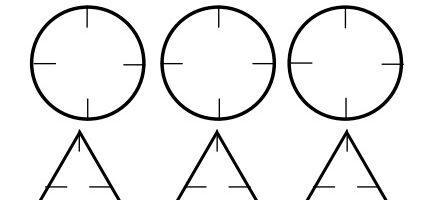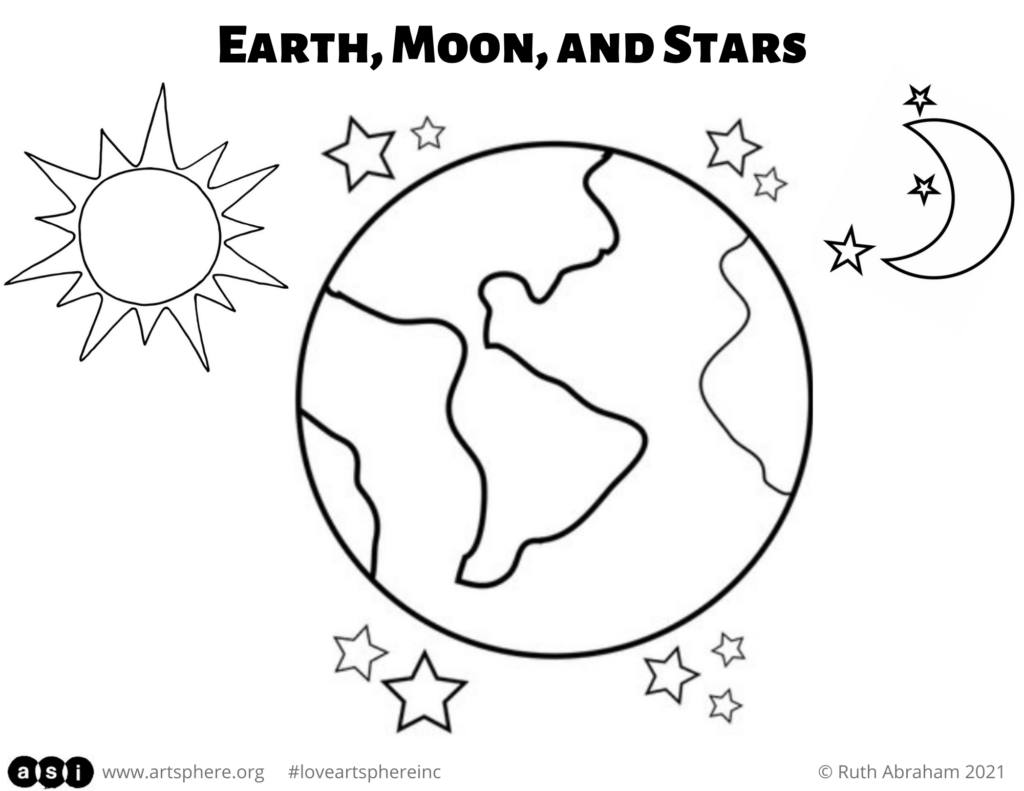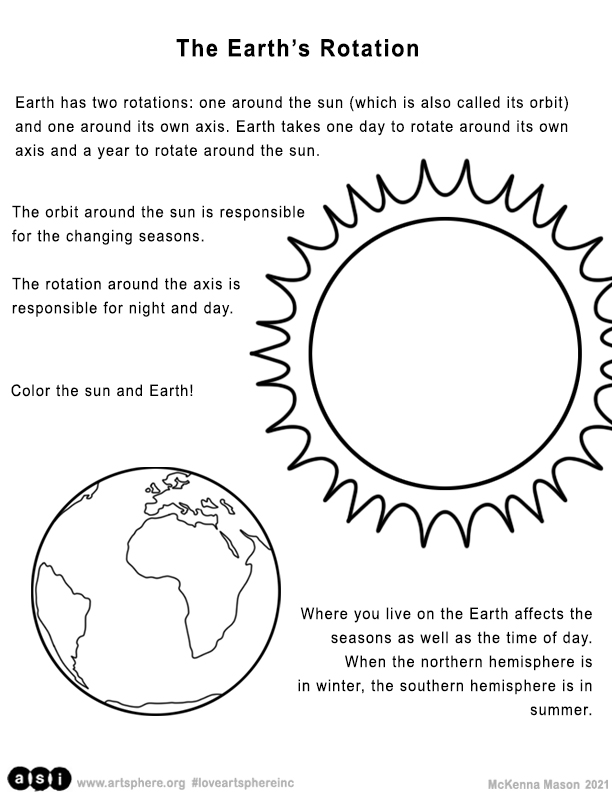ASI makes learning about the Earth easy with videos, handouts, and step-by-step directions to help your S.T.E.A.M. skills grow. Here, you will learn about the land surface, biosphere, solid Earth, atmosphere, and oceans.
What do you already know about NASA? What do you know about the Earth and Earth day?
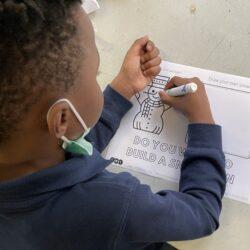
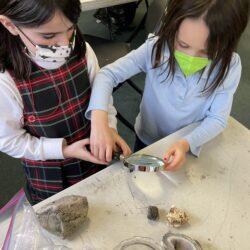
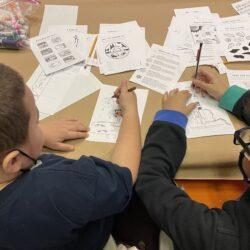
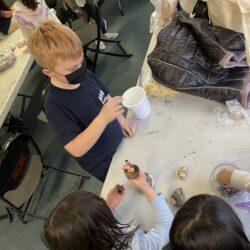
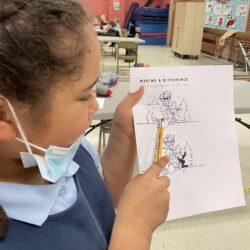




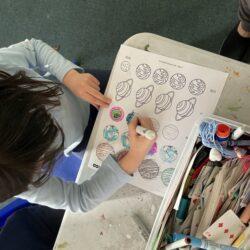


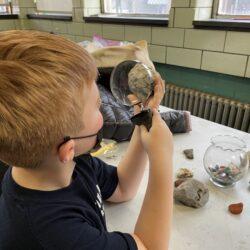

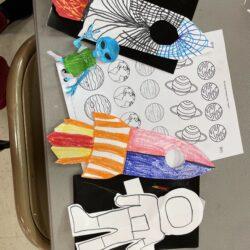



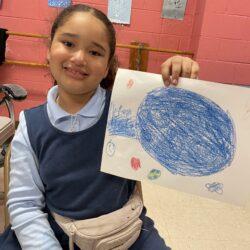

Try these in-person and online classroom tested projects:
- Color the Earth, Moon and Stars and add facts you learn about each.
- Make a postcard of your favorite natural places on earth and write a message on why you want to protect it.
- Design a stamp about an environmental issue you would like to bring to the attention of the world.
- Participate in the National Wildlife Refuge Federal Duck Stamp Contest and Junior Duck Stamp Contest to raise awareness and federal funding to protect wetland wildlife habitats.
- Celebrate Earth Rotation day with this color and cut project that you can use to enact the circling of Earth around the sun.
- The Earth is called a terrestrial planet which refers to the fact that it is mostly composed of silicate rocks or metals. Other terrestrial planets in the Solar System include Mercury, Venus, and Mars. Collect and identify rocks you find in your neighborhood before you return them. Use a magnifying glass to look at all the details: Are they rough or smooth shaped, shiny, or dull, made up of smaller parts? What is their color?
- Visit the National Ocean Service to learn more about the ocean and the many species that live there. Draw an underwater picture of the ocean and incorporate wildlife you would find there.
Start an indoor gardening project! Measure the amount of water you need to grow a plant over a month. What other resources do you need to grow plants those other planets in our solar system do not have?
Making Observations and Visualizations
Why is it important to observe Earth from different views? What might these observations tell us about Earth? What are the different types of observations NASA makes available on their Earth Now interface (ex: air temperature, sea level, etc.)? These are some of the questions that come out of the importance of studying the idea of prospective. Check out Earth Now website and the two videos below to learn more about making observations and power of visualizations.
Clouds
Why are scientists interested in clouds? What observations can we make about clouds? How many types of clouds are there? These are some of the questions cloud science tries to answer. Check out the video below to understand more about clouds and how to observe them. Follow the structure of this report to observe clouds on your own.
Land Cover
What is land cover? How does it change? How does it impact your local community such as your school and neighborhood? Watch the video below to get a better idea and learn more about the Land Cover topic. Also, you can find out more about the earth system and global environment by visiting the globe.gov website.

